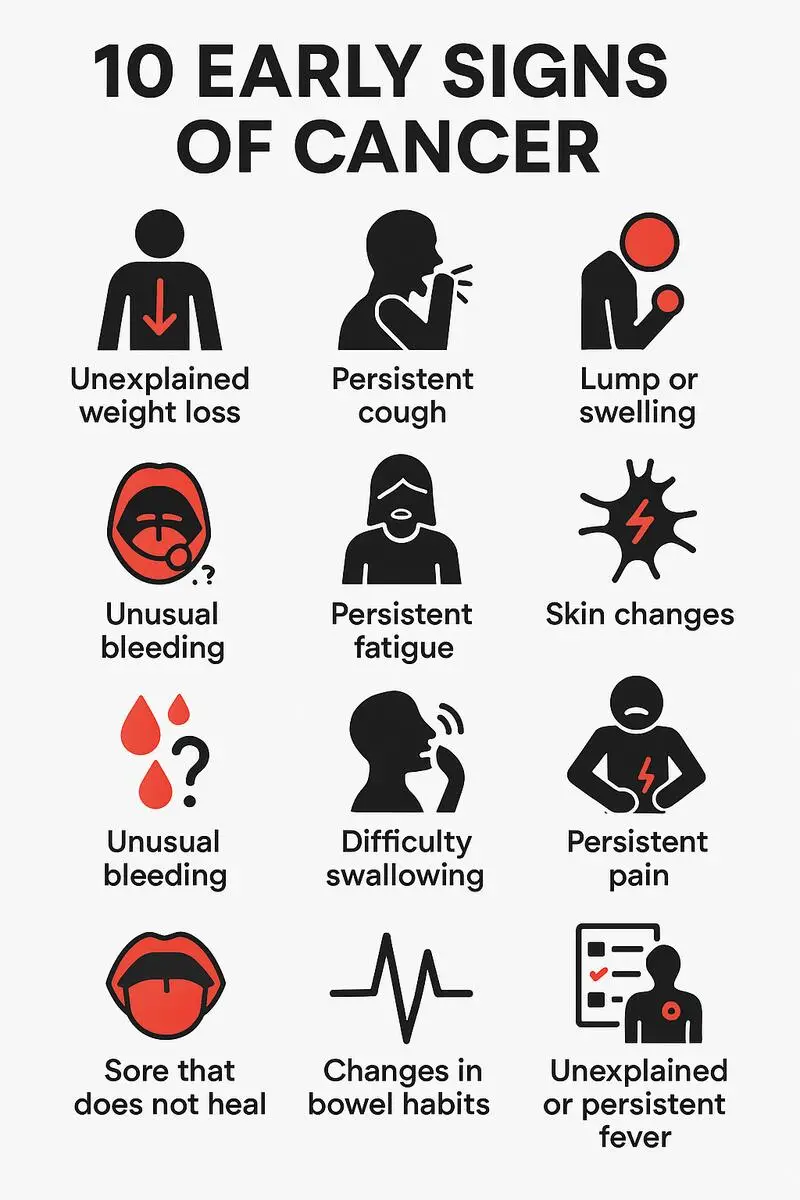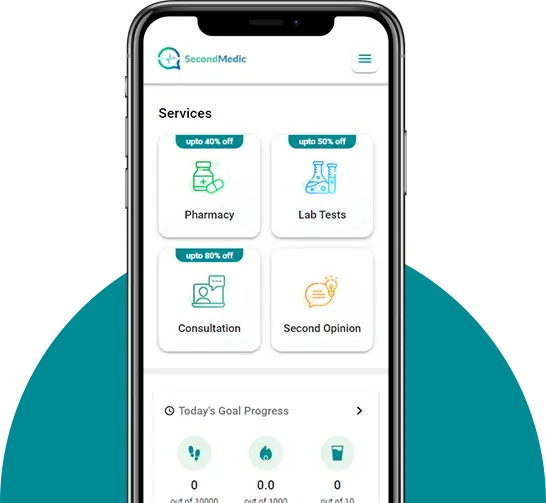- Published on: Oct 26, 2023
- 3 minute read
- By: Secondmedic Expert
Insulin Resistance Demystified: Understanding The Culprit Behind Diabetes And How To Detect It
Understanding Insulin Resistance: A Key to Diabetes Prevention
Diabetes is a prevalent global health challenge that impacts the lives of millions. Among the various forms of diabetes, Type 2 diabetes stands out as the most common. It's well-known that one of the primary factors contributing to the development of Type 2 diabetes is insulin resistance. In this comprehensive guide, we will demystify insulin resistance, explore its profound connection to diabetes, and empower you with the knowledge you need to take action for prevention and early intervention. So, let's embark on a journey of discovery and understanding that will equip you to make informed choices for a healthier future.
Part 1: Unraveling Insulin Resistance
Insulin resistance may seem like a complex concept, but let's break it down in simple terms:
What Is Insulin Resistance?
Insulin resistance is akin to a locked door within your body. It occurs when your cells do not respond effectively to insulin, a hormone produced by the pancreas. Typically, insulin plays a vital role in regulating blood sugar (glucose) levels. It facilitates the entry of glucose into your cells, providing them with the energy they need. However, when your cells become resistant to insulin's signals, glucose cannot enter as it should, resulting in elevated blood sugar levels.
This resistance forces your pancreas to work overtime, producing increasing amounts of insulin to compensate. Over time, it can't keep up, and your blood sugar remains high, eventually leading to Type 2 diabetes.
The Culprit Behind Insulin Resistance
Several factors contribute to the development of insulin resistance:
1. Genetics: Your genes play a role, and some people are more genetically predisposed to insulin resistance.
2. Obesity: Excess fat, particularly around the abdomen, is a significant risk factor for insulin resistance. Fat cells release substances that interfere with insulin's action.
3. Sedentary Lifestyle: Physical inactivity can promote insulin resistance. Regular exercise can help your cells become more responsive to insulin.
4. Diet: A diet high in refined sugars and unhealthy fats can contribute to insulin resistance. Conversely, a diet rich in fiber, whole grains, and healthy fats can help prevent it.
5. Inflammation: Chronic inflammation in the body can interfere with insulin signaling. Inflammatory conditions like obesity and certain diseases can exacerbate insulin resistance.
Understanding these factors is the first step toward taking action against insulin resistance. Now, let's move on to the crucial aspect of early detection.
Part 2: Detecting Insulin Resistance
The good news is that insulin resistance can be detected early, allowing for interventions to prevent the onset of Type 2 diabetes. Here are some ways to identify it:
1. Fasting Blood Sugar Test:
This simple blood test measures your blood sugar levels after an overnight fast. A fasting blood sugar level of 100 mg/dL or higher may indicate insulin resistance.
2. Oral Glucose Tolerance Test (OGTT):
In this test, your blood sugar is measured before and two hours after drinking a sugary solution. A two-hour blood sugar level above 140 mg/dL suggests insulin resistance.
3. Hemoglobin A1c Test:
This test reflects your average blood sugar levels over the past two to three months. An A1c level of 5.7% or higher may indicate insulin resistance.
4. Insulin Level Test:
Measuring your insulin levels directly can help identify resistance. High fasting insulin levels suggest a problem.
Early detection is a powerful tool in the fight against diabetes. Now, let's delve into how insulin resistance is intricately connected to diabetes.
Part 3: The Connection to Diabetes
Insulin resistance is often considered a precursor to Type 2 diabetes. When your body can't use insulin effectively, your pancreas responds by producing more insulin. This can lead to higher insulin levels in your blood, a condition known as hyperinsulinemia.
Over time, the combination of insulin resistance and hyperinsulinemia can result in the loss of pancreatic function. The pancreas exhausts itself trying to maintain normal blood sugar levels. When it can't keep up, blood sugar rises, and diabetes is diagnosed.
Understanding this connection between insulin resistance and diabetes is a critical step in managing your health proactively.
Part 4: Managing Insulin Resistance
The journey to a healthier future begins with effective management of insulin resistance. Here are some strategies to tackle it:
1. Lose Weight:
Shedding excess pounds, especially around your midsection, can significantly improve insulin sensitivity.
2. Regular Exercise:
Physical activity helps your cells become more responsive to insulin. Aim for at least 150 minutes of moderate-intensity exercise per week.
3. Healthy Diet:
Opt for a balanced diet rich in fruits, vegetables, whole grains, and lean proteins. Limit your intake of refined sugars and unhealthy fats.
4. Medications:
In some cases, doctors may prescribe medications to improve insulin sensitivity.
5. Stress Management:
Chronic stress can worsen insulin resistance. Practicing relaxation techniques like meditation or yoga can help.
6. Regular Monitoring:
If you're at risk of insulin resistance, keep an eye on your blood sugar levels and consult your healthcare provider regularly.
Managing insulin resistance is an ongoing journey, and it's crucial to make it a part of your lifestyle for long-term health.
Part 5: The Road to a Healthier Future
Insulin resistance doesn't have to be an insurmountable obstacle. With early detection and proactive management, you can pave the way to a healthier future. Remember, you're not alone on this journey. Your healthcare provider can be your trusted guide, helping you navigate the complexities of insulin resistance and working with you to make informed decisions for your health.
Armed with the right knowledge and support, you can demystify insulin resistance and set out on a path toward a brighter, diabetes-free future. The road to a healthier future starts with understanding, early detection, and proactive management. It's a journey well worth taking, and it begins today.
Read FAQs
A. Insulin resistance is a condition where your cells don't respond effectively to insulin, a hormone that regulates blood sugar. It's a significant factor in the development of Type 2 diabetes. When your body can't use insulin properly, your pancreas produces more insulin, which can lead to diabetes over time.
A. Yes, insulin resistance can be detected early through various tests, including fasting blood sugar tests, oral glucose tolerance tests, and hemoglobin A1c tests. Early detection is crucial for preventing the onset of Type 2 diabetes.
A. Risk factors include genetics, obesity, a sedentary lifestyle, poor diet, and inflammation. Understanding these factors is essential in addressing and preventing insulin resistance.
A. Yes, insulin resistance can often be managed and even reversed. Strategies include weight loss, regular exercise, a healthy diet, stress management, and sometimes, medication. The key is to take proactive steps to improve insulin sensitivity.
A. To prevent diabetes with insulin resistance, focus on early detection, maintain a healthy weight, exercise regularly, eat a balanced diet, manage stress, and monitor your blood sugar levels. Consult with a healthcare provider for personalized guidance on your journey to a healthier future.










